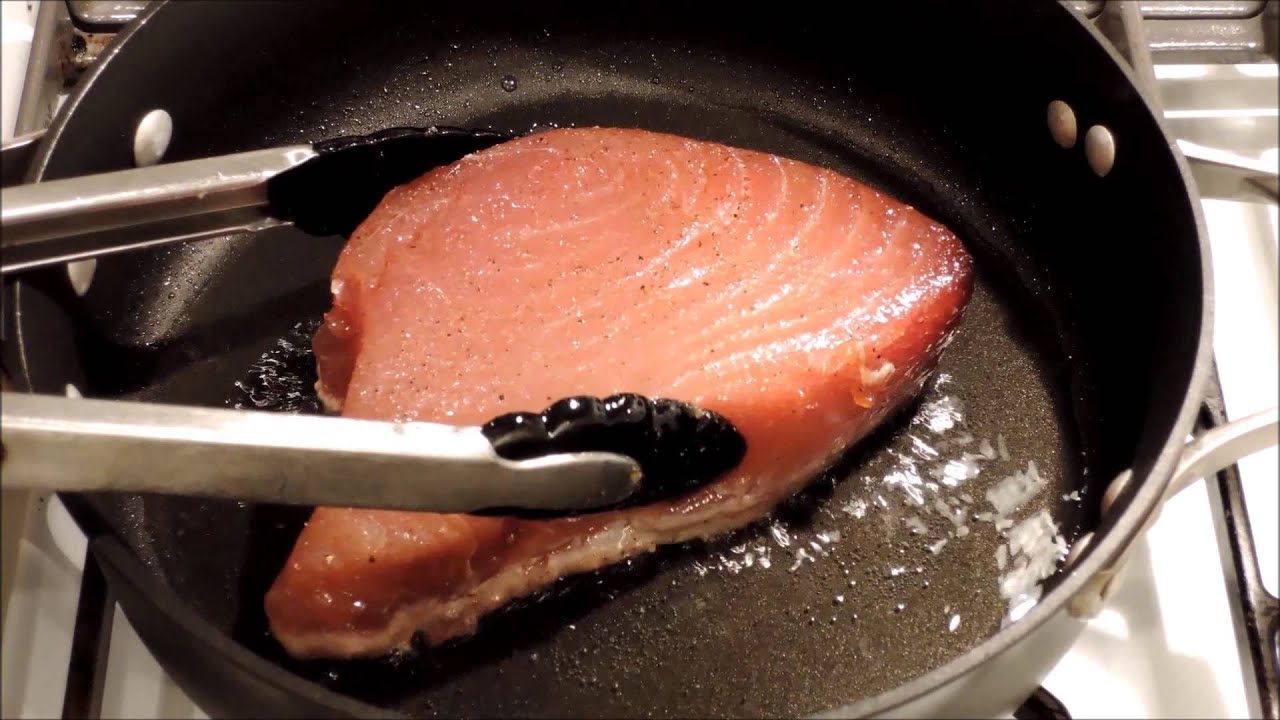

Articles
How To Cook Tuna Steak On Stove Top
Modified: December 7, 2023
Learn how to cook delicious tuna steak on the stove top with our helpful articles. Step-by-step instructions and expert tips included!
(Many of the links in this article redirect to a specific reviewed product. Your purchase of these products through affiliate links helps to generate commission for Storables.com, at no extra cost. Learn more)
Introduction
Tuna steak is a popular choice for seafood lovers due to its succulent texture and rich flavor. Cooking tuna steak on a stovetop is a fantastic way to enjoy this tasty dish without the need for fancy equipment or a grill. Whether you’re a seasoned chef or just starting in the kitchen, this article will guide you through the process of cooking a delicious tuna steak on a stovetop.
By following these simple steps and using the right techniques, you’ll be able to achieve a perfectly seared and tender tuna steak that will impress your family and friends. So, let’s dive in and learn how to cook a mouthwatering tuna steak on a stovetop!
Key Takeaways:
- Elevate your cooking with a perfectly seared tuna steak on the stovetop. Choose high-quality tuna, season simply, and cook to tender, juicy perfection for a memorable dining experience.
- Impress with restaurant-worthy tuna steak at home. Master choosing, preparing, seasoning, and cooking for a flavorful, succulent dish. Serve with complementary accompaniments for a delightful culinary creation.
Read more: How To Cook Steak On Stove Top
Choosing the Right Tuna Steak
When it comes to cooking tuna steak, the quality and freshness of the fish play a crucial role in achieving a delicious end result. Here are some tips on how to choose the right tuna steak:
- Look for Freshness: It’s important to select tuna steaks that are fresh and of high quality. Check for a bright, firm flesh with no discoloration or unpleasant odor. If possible, buy your tuna steak from a reputable fish market or grocery store that is known for its fresh seafood selection.
- Consider the Grade: Tuna steaks are typically graded based on their fat content and color. The most common grades are #1 and #2. Grade #1 tuna has a higher fat content and a richer flavor, making it more suitable for searing. Grade #2 tuna is leaner and paler, and it works well for dishes like sushi.
- Choose the Thickness: Opt for tuna steaks that are around 1 to 1.5 inches thick. Thicker steaks are easier to cook to the desired doneness without overcooking the exterior.
- Sustainable Fishing: If sustainability is important to you, consider purchasing tuna that has been caught using sustainable fishing practices. Look for labels or certifications indicating that the fish is sustainably sourced, such as MSC (Marine Stewardship Council) or ASC (Aquaculture Stewardship Council) certifications.
By selecting a fresh, high-quality tuna steak, you’ll ensure that your final dish is flavorful and satisfying. Take the time to find the best tuna available to elevate your cooking experience.
Preparing the Tuna Steak
Before you start cooking your tuna steak, it’s essential to properly prepare it for the stovetop cooking process. Follow these steps to get your tuna steak ready:
- Thaw the Tuna: If your tuna steak is frozen, make sure to thaw it overnight in the refrigerator before cooking. This will ensure that the steak cooks evenly and retains its moisture.
- Remove Excess Moisture: Pat the tuna steak dry with paper towels to remove any excess moisture. This step is crucial because excess moisture can prevent the steak from searing properly and lead to a less desirable texture.
- Trim the Steak (Optional): If desired, you can trim any visible silver skin or dark bloodline from the tuna steak. This step is optional but can enhance the appearance and texture of the final dish.
By properly preparing the tuna steak, you’ll create the ideal foundation for the cooking process. Removing excess moisture and trimming any unwanted parts will help ensure a delicious and visually appealing result.
Seasoning the Tuna Steak
Seasoning the tuna steak is an important step that adds flavor and enhances the overall taste of the dish. Here are some guidelines to follow when it comes to seasoning:
- Keep it Simple: Tuna steaks have a robust natural flavor, so it’s best to keep the seasoning simple and let the fish shine. A basic seasoning of salt and pepper is often sufficient.
- Salt and Pepper: Sprinkle both sides of the tuna steak with salt and freshly ground black pepper just before cooking. This will help to enhance the natural flavors of the fish.
- Optional Additions: If you want to add additional flavors, consider using spices like paprika, garlic powder, or dried herbs such as thyme or rosemary. These can complement the taste of the tuna without overpowering it.
- Marinades and Sauces: While marinating tuna is not necessary, you can choose to marinate it for added flavor. Acidic marinades like citrus-based ones can help to tenderize the steak. Alternatively, you can prepare a sauce to serve alongside the cooked steak.
Remember to let the tuna steak sit at room temperature for about 10-15 minutes after seasoning to allow the flavors to penetrate the fish before cooking.
When it comes to seasoning, it’s all about personal preference. Feel free to experiment with different flavors and spices to find what you enjoy most. Just keep in mind that the goal is to complement, not overpower, the natural flavor of the tuna steak.
Preheating the Stove Top
Before you start cooking your tuna steak, it’s crucial to preheat the stove top to ensure even and efficient cooking. Here are the steps to preheat the stove top:
- Select the Right Pan: Use a heavy-bottomed skillet or grill pan for cooking your tuna steak on the stove top. The pan should be large enough to accommodate the steak without overcrowding.
- Heat the Pan: Place the pan on the stove top over medium-high heat. Allow the pan to heat up for a few minutes until it becomes hot, but not smoking.
- Oil the Pan: Once the pan is hot, add a thin layer of oil with a high smoke point, such as vegetable or canola oil. Swirl the oil around the pan to evenly coat the surface. This will prevent the tuna steak from sticking during cooking.
- Allow the Oil to Heat: Let the oil heat up for a minute or two until it shimmers. This indicates that the pan is properly preheated and ready for cooking.
By preheating the stove top and ensuring that the pan is properly heated, you’ll create the ideal conditions for achieving a beautifully seared tuna steak. The hot pan and oil will help to develop a crust on the outside of the steak while keeping the inside tender and juicy.
When cooking tuna steak on the stove top, make sure to pat the steak dry with paper towels before seasoning and cooking. This will help ensure a nice sear on the outside of the steak.
Cooking the Tuna Steak
Now that you have prepared the tuna steak and preheated the stove top, it’s time to cook the steak to perfection. Follow these steps to cook your tuna steak:
- Place the Steak in the Pan: Gently place the seasoned tuna steak in the preheated pan. Be careful not to overcrowd the pan, as this can prevent proper searing.
- Sear the Steak: Let the tuna steak sear undisturbed for about 2-3 minutes on one side. This will help to develop a beautiful crust. Avoid moving or flipping the steak too soon, as it may stick to the pan.
- Flip the Steak: Use a pair of tongs to carefully flip the tuna steak to the other side. Cook for an additional 2-3 minutes. The exact cooking time may vary depending on the thickness of the steak and desired level of doneness.
- Adjust Heat if Necessary: If you notice the steak browning too quickly or the pan starting to smoke excessively, reduce the heat slightly. This will help to prevent burning and maintain a perfect sear.
- Consider the Middle: For those who prefer their tuna steak cooked more evenly throughout, you can sear the edges of the steak as well by holding it with tongs and searing the sides for a short time.
Remember that tuna is best enjoyed when it is still pink and slightly rare in the center. Overcooking can result in a dry and less flavorful steak. The cooking time will vary depending on the thickness and personal preference.
Once the tuna steak is cooked to your liking, remove it from the pan and let it rest for a few minutes before serving. This allows the juices to redistribute and ensures a tender and juicy final result.
By following these cooking steps and paying attention to the cooking time, you’ll be able to achieve a perfectly cooked tuna steak that is seared on the outside and tender on the inside.
Checking for Doneness
Checking for doneness is crucial to ensure that your tuna steak is cooked to your preferred level. Here are a few methods to determine the doneness of your tuna steak:
- Visual Cue: As you cook the tuna steak, observe the color of the fish. The outer edges should be seared and slightly browned, while the center should still have a pink or reddish hue. This indicates that the steak is cooked to medium-rare. Adjust the cooking time accordingly if you prefer it more rare or well-done.
- Touch Method: Gently press the center of the tuna steak with a fork or your fingertip. If it feels slightly firm and springs back when touched, it is cooked to medium-rare. Remember that the steak will continue to cook slightly as it rests, so it’s better to slightly undercook it if you prefer it rare.
- Internal Temperature: Use a meat thermometer to check the internal temperature of the tuna steak. For medium-rare, aim for an internal temperature of around 125°F (52°C). Remember to insert the thermometer into the thickest part of the steak for the most accurate reading.
It’s important to note that tuna steak is often enjoyed medium-rare to medium to preserve its tender and juicy texture. However, if you prefer your tuna steak more well-done, you can cook it for a bit longer, but be cautious not to overcook it.
By using a combination of visual cues, touch, and internal temperature, you’ll be able to determine the doneness of your tuna steak and achieve the perfect level of cooked fish.
Serving the Tuna Steak
Now that your tuna steak is perfectly cooked, it’s time to serve and enjoy this delicious seafood dish. Here are some tips on how to serve your tuna steak:
- Rest the Steak: Once the tuna steak is cooked, remove it from the pan and let it rest for a few minutes. This allows the juices to redistribute, resulting in a more tender and flavorful steak.
- Slice the Steak: Use a sharp knife to slice the tuna steak against the grain into thick or thin slices, depending on your preference. This makes it easier to eat and enhances the presentation.
- Plating: Arrange the sliced tuna steak on a serving plate. You can garnish it with fresh herbs, a squeeze of lemon juice, or a drizzle of olive oil to enhance the flavors and add visual appeal.
- Serve with Accompaniments: Tuna steak pairs well with a variety of accompaniments. Consider serving it with a side of steamed vegetables, roasted potatoes, or a fresh salad. You can also serve it with a flavorful sauce, such as a citrus-soy glaze or a tangy mango salsa, to add an extra burst of flavor.
- Enjoy and savor: Once the tuna steak is plated and accompanied by delicious sides, it’s time to savor your culinary creation. Take bites of the tender and flavorful tuna steak, enjoying the combination of textures and flavors.
Remember that tuna steak is best enjoyed when it’s still warm and freshly cooked. It’s also a great dish for sharing with family and friends, as the unique taste and beautiful presentation are sure to impress.
So, gather around the table, share the tuna steak, and savor the delicious flavors of this delectable seafood dish!
Conclusion
Cooking tuna steak on a stovetop is a simple and rewarding way to enjoy this flavorful seafood dish. By following the steps outlined in this article, you can achieve a perfectly cooked tuna steak with a beautifully seared exterior and a tender, juicy interior.
Choosing the right tuna steak, properly preparing and seasoning it, preheating the stove top, cooking it to the desired level of doneness, and serving it with complementary accompaniments are all key elements in creating a memorable dining experience.
Remember to pay attention to the quality and freshness of the tuna steak, and consider factors such as sustainability when making your selection. Simple seasonings like salt and pepper can bring out the natural flavors of the fish, while additional herbs and spices can add an extra depth of taste.
Preheating the stove top sets the stage for achieving a perfect sear, and correctly determining the doneness of the steak ensures that it’s cooked to your preference. Finally, serving the tuna steak alongside delicious side dishes or sauces elevates the overall presentation and flavor profile.
Whether you’re a seafood aficionado or someone who wants to try their hand at cooking a restaurant-worthy dish at home, cooking tuna steak on a stovetop is a skill worth mastering. With practice and attention to detail, you can impress your family and friends with your culinary prowess and create a memorable dining experience.
So, explore the flavors and techniques, enjoy the process of cooking, and indulge in the mouthwatering delight of a perfectly cooked tuna steak on your stovetop.
Frequently Asked Questions about How To Cook Tuna Steak On Stove Top
Was this page helpful?
At Storables.com, we guarantee accurate and reliable information. Our content, validated by Expert Board Contributors, is crafted following stringent Editorial Policies. We're committed to providing you with well-researched, expert-backed insights for all your informational needs.
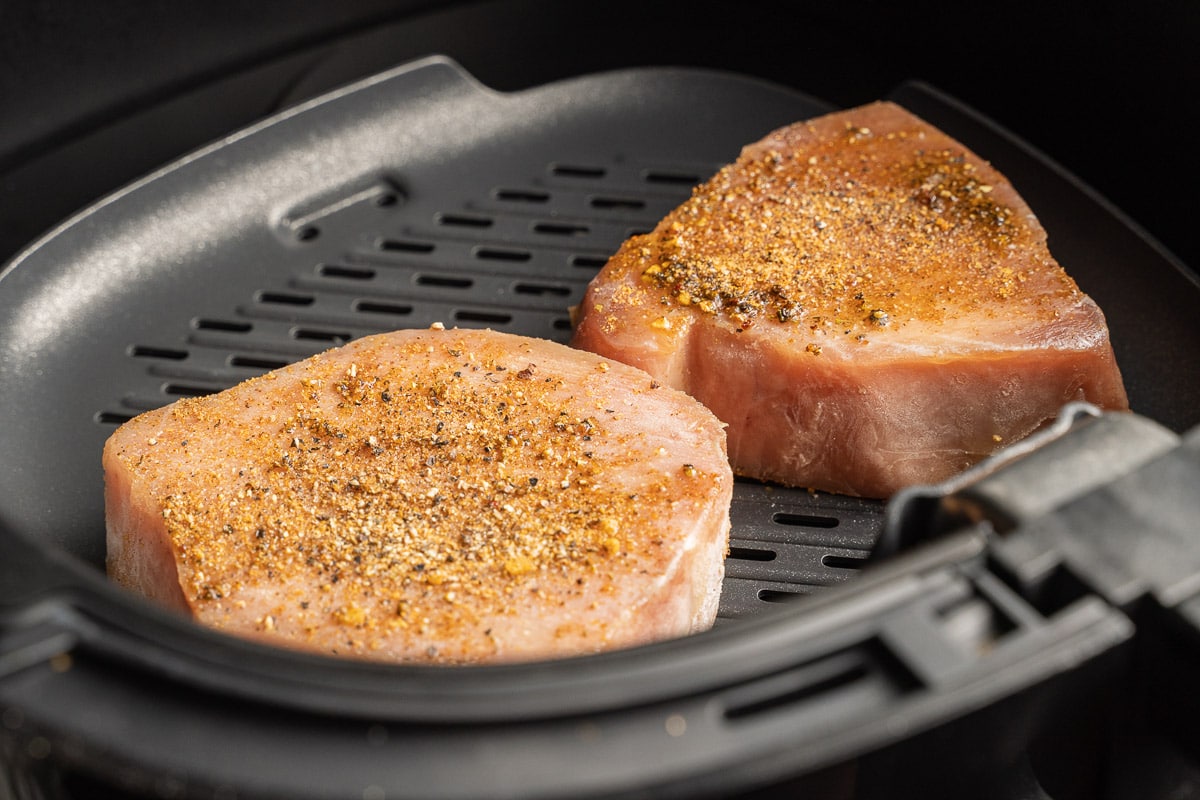
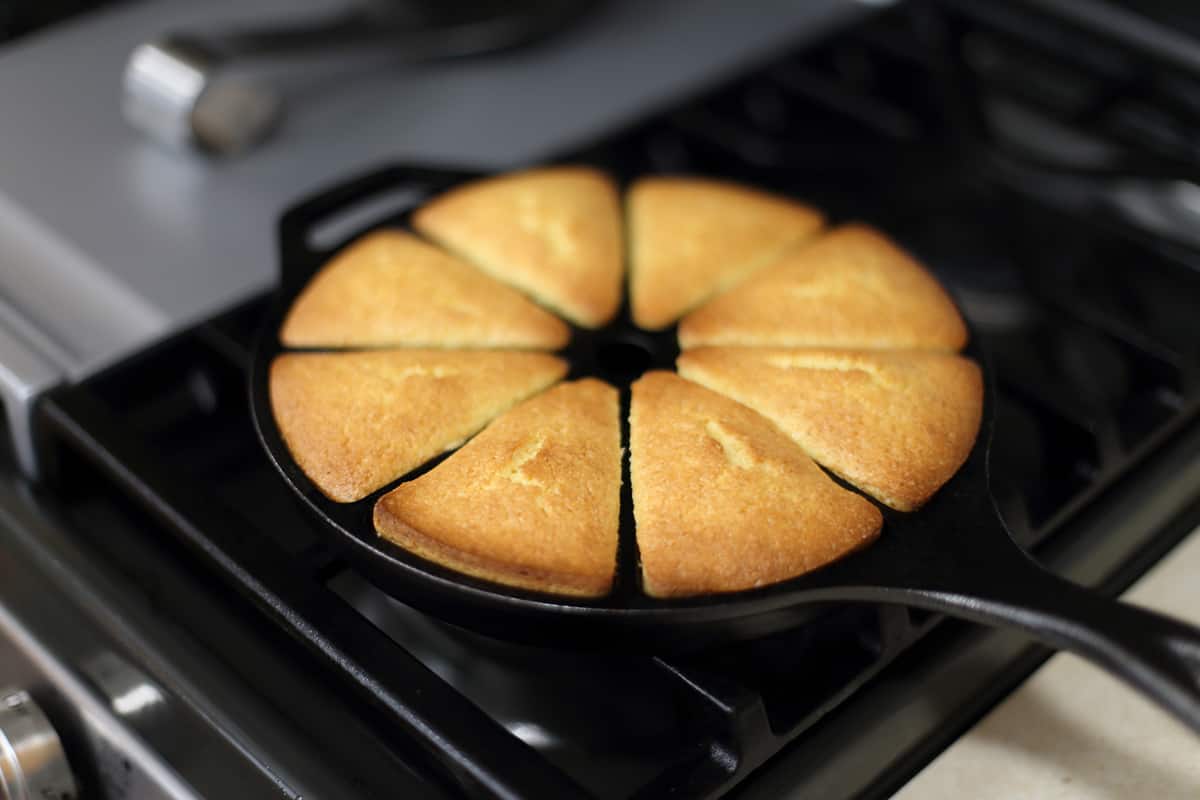
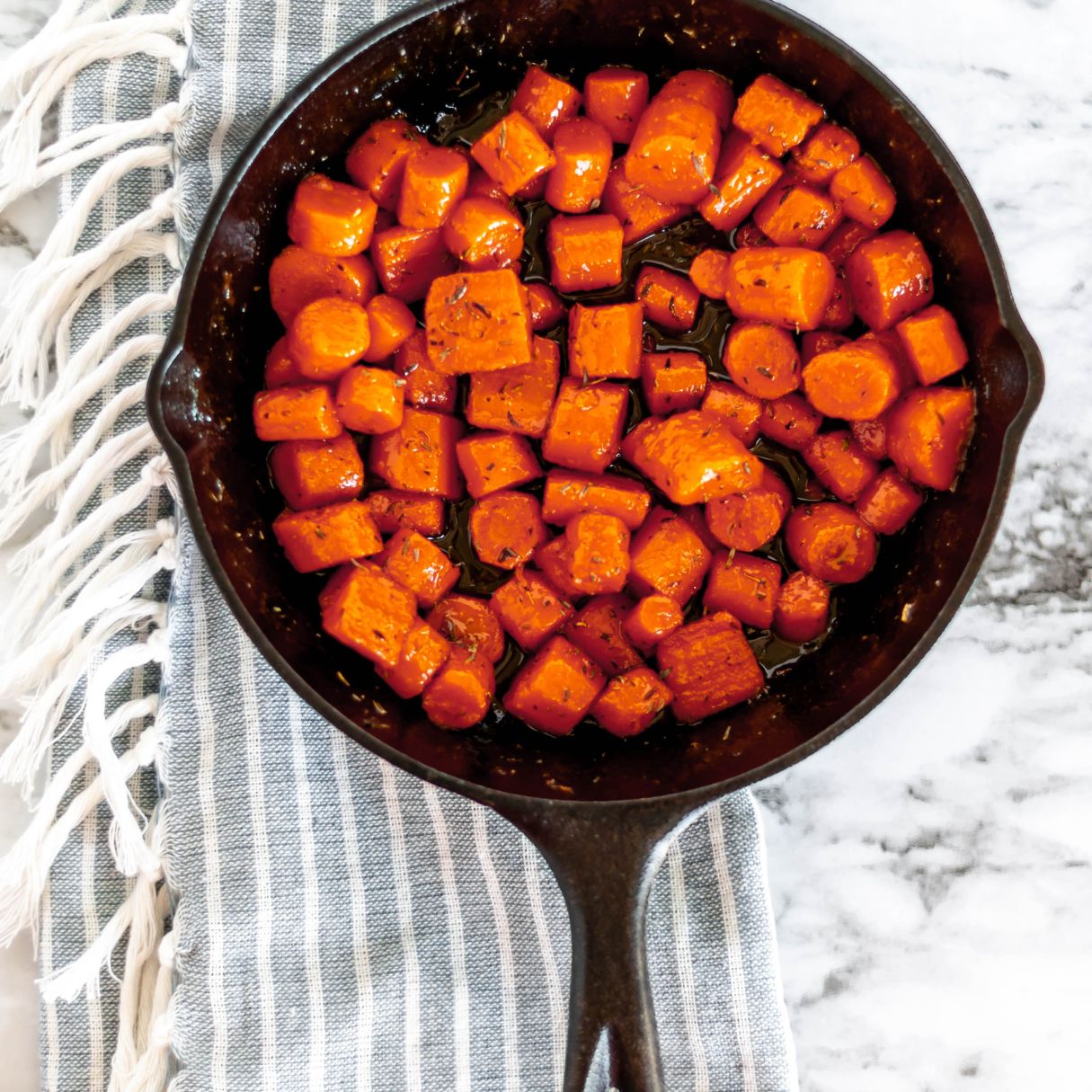
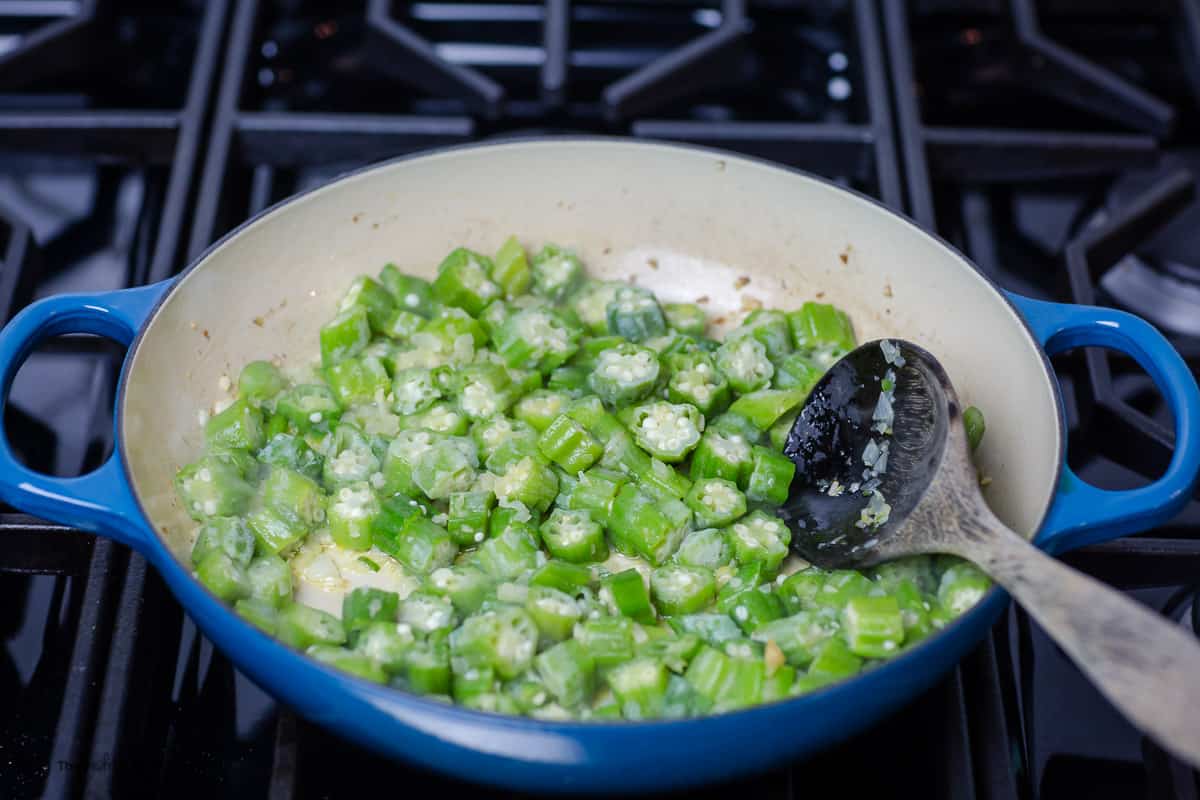
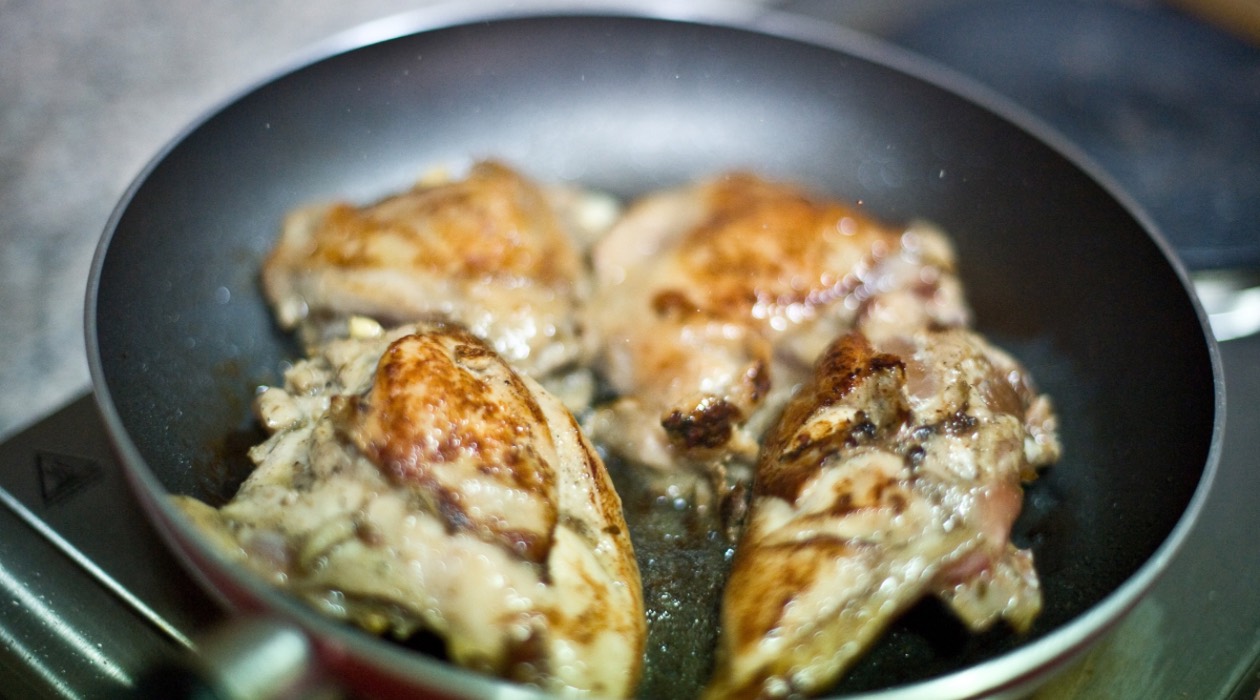

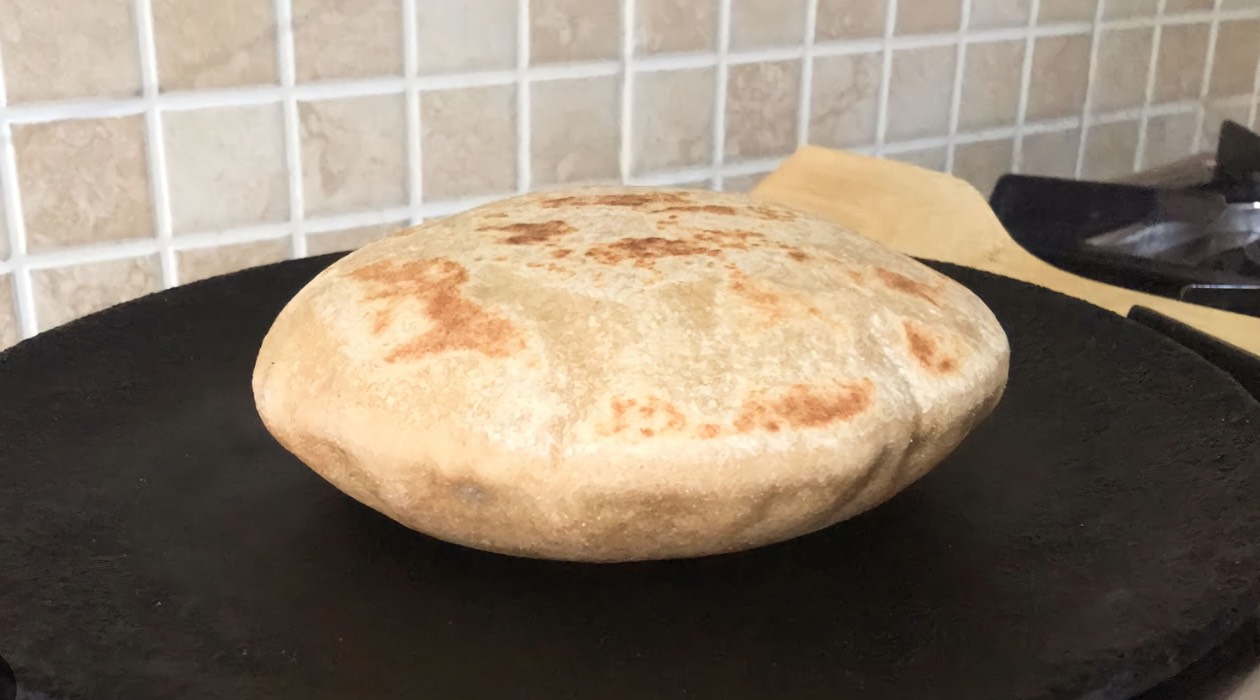

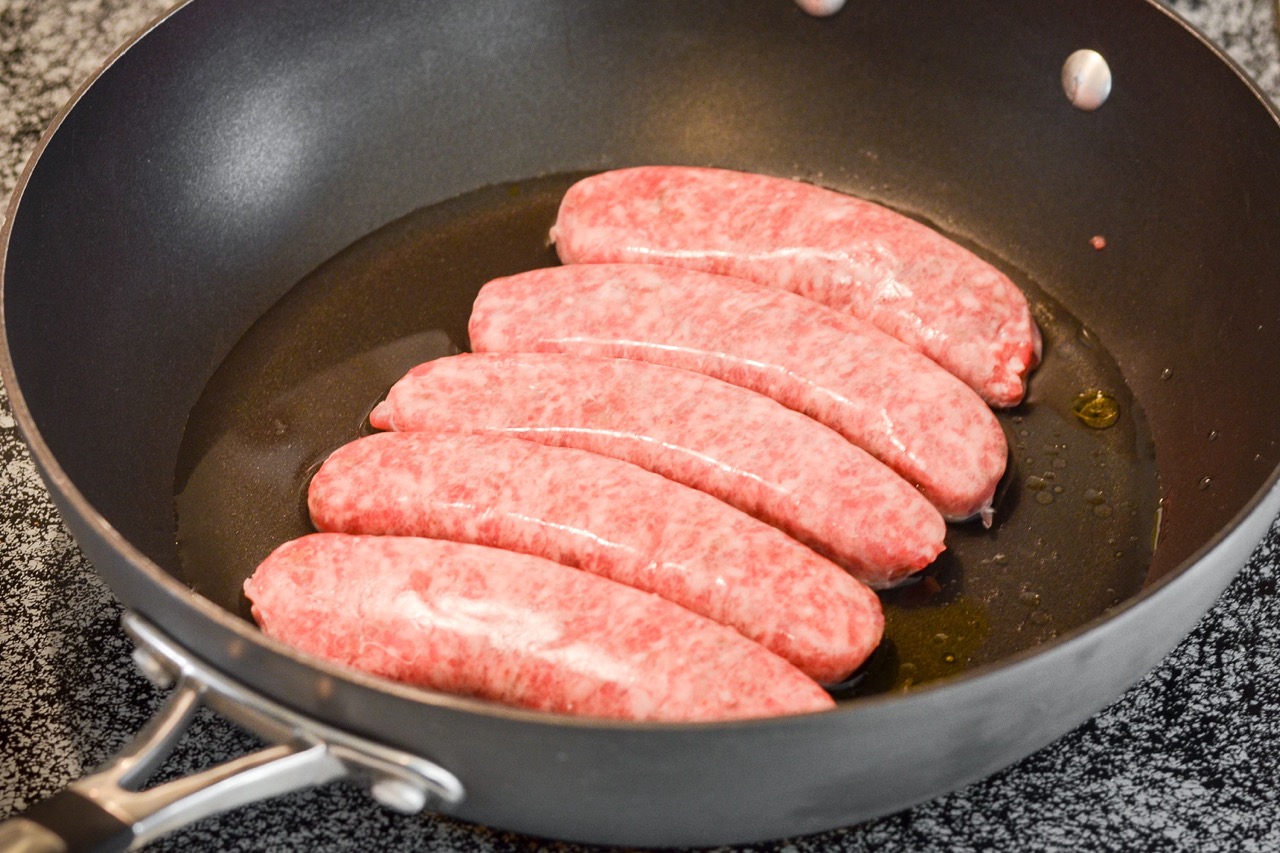
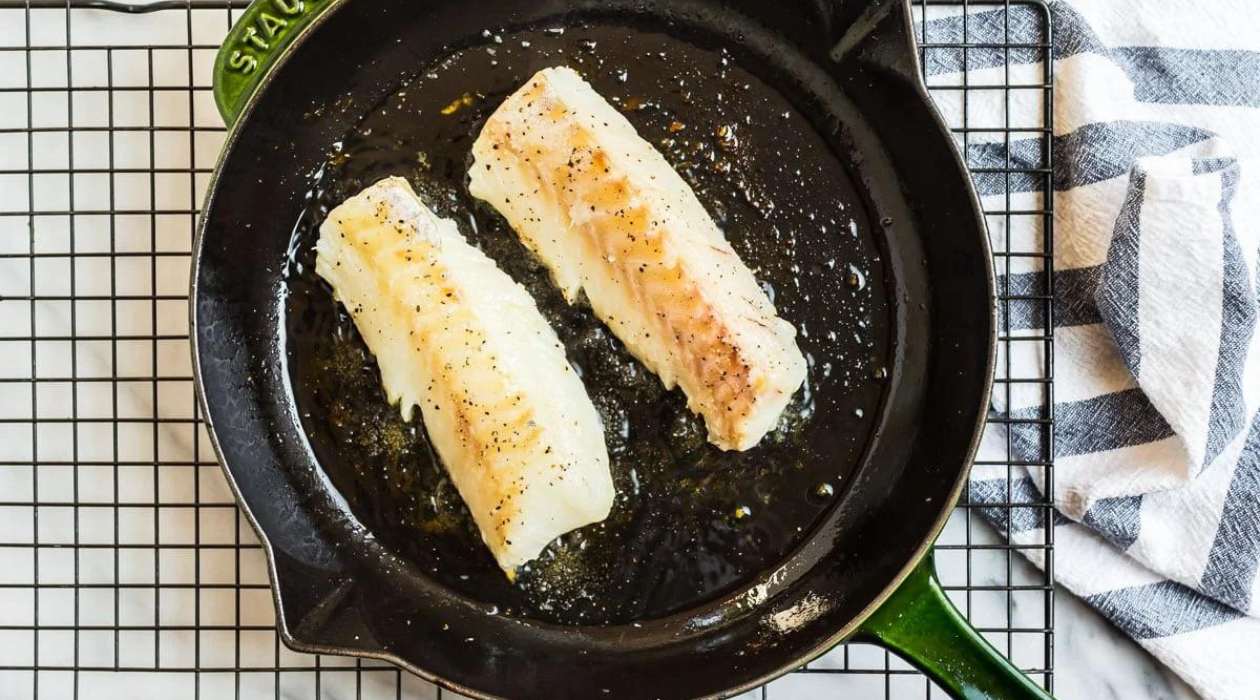
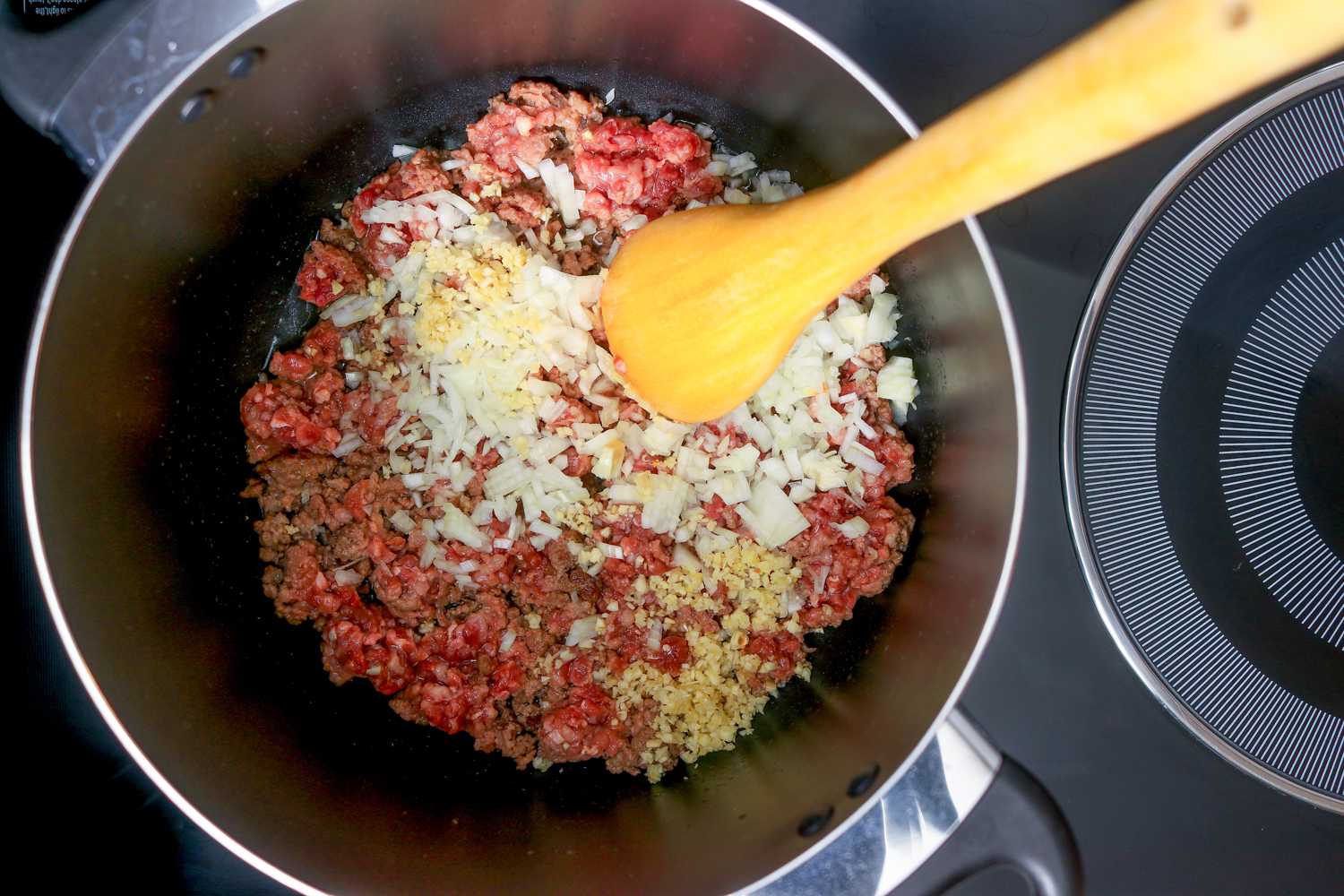
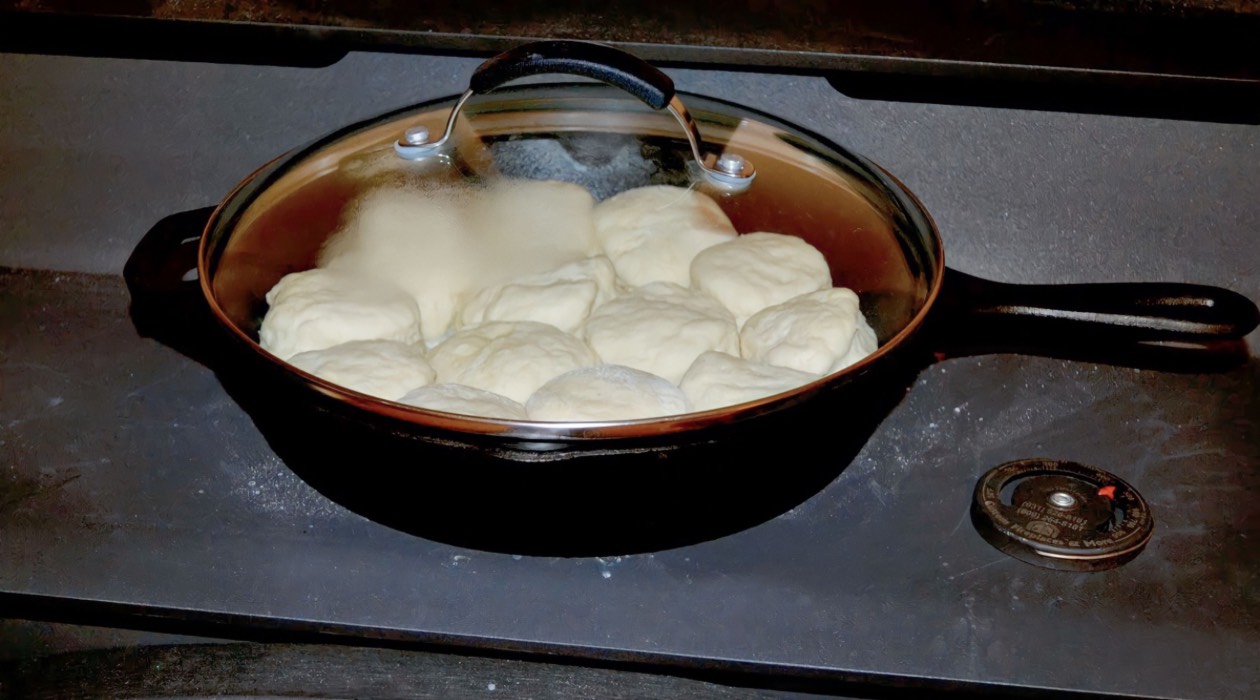
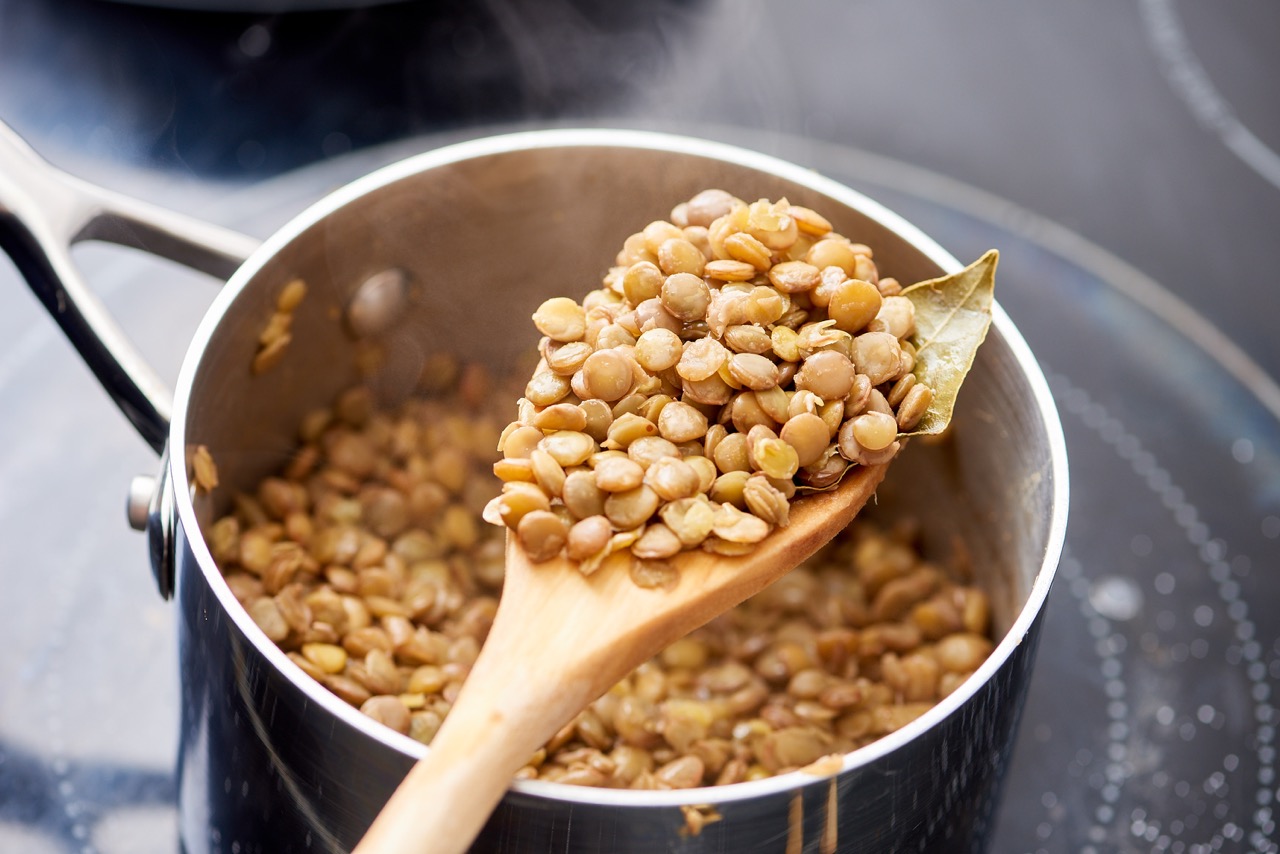


0 thoughts on “How To Cook Tuna Steak On Stove Top”